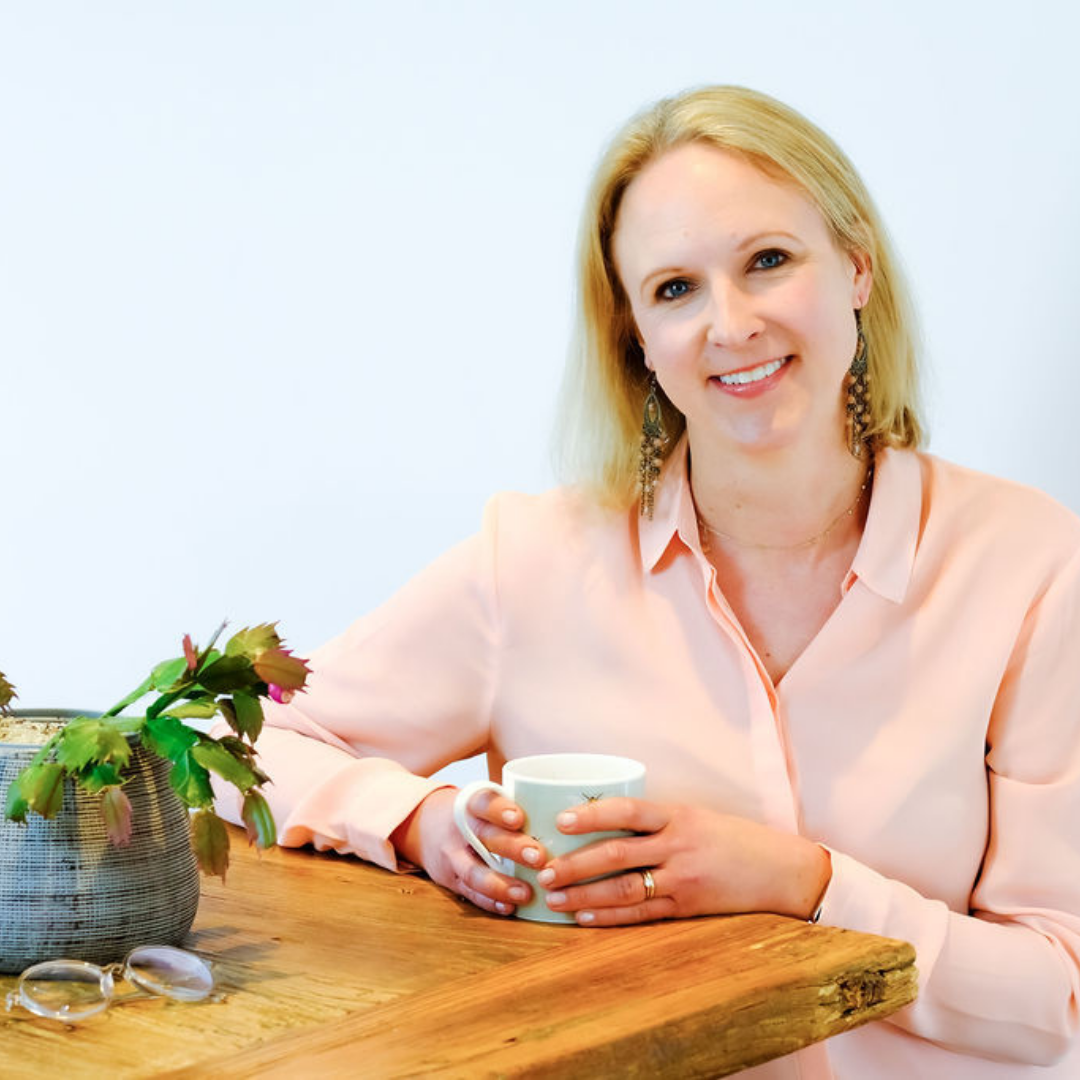Back to Major Donor Fundraising Basics this Summer

July and August are often viewed as a “quiet” time in major donor fundraising in the UK & Europe. Many high-net-worth individuals are away at second homes, or have full social calendars, less likely to meet with you or attend your charity’s events. On top of this many of your colleagues may be taking leave and so not emailing you or asking to meet with you !
I’m not utterly convinced many fundraising and leadership roles ever truly “calm down” but if you’re hopeful that things might be a bit calmer, I’ve got some simple tips here. Some you might be doing already, but there might be one or two that help you move forwards with your major donor fundraising.
Tip 1- How easy is it for a major donor to find and contact your cause?
Fundraisers spend a lot of time trying to reach out to existing and potential major donors. But how easy it for them to find you?
Mackenzie Scott is a good reminder of how important this is. She is a UK novelist, philanthropist and Jeff Bezos’ ex-wife. She gave over $5.8 billion away in 2020 to non-profits. Her team researched causes providing support to people affected by the economic impact of COVID and addressing long-term systemic inequities: racial equality, LGBTQ+ equality, democracy, and climate change. They shortlisted the causes independently and then contacted the charities to tell them the funds they’d been awarded.
Although I can’t promise that Mackenzie Scott is going to suddenly give you a six or 7 figure gift, what I do know is that there are wealthy donors out there who proactively look at the information available on things they care about. And that donors will want to contact you at a time that’s right for them in a way that’s right for them.
So here’s a checklist to put yourself in a philanthropist’s shoes:
✅ Internet search your cause
Not your charity name but the problem you’re there to solve e.g. homelessness in Scotland, or medical research for “x”. Where does your charity feature on the results?
✅ How easy is it to find your charity’s leadership team on your website?
This matters. Major donors want to know your charity is well run and well led and it is an obvious thing for them to search. As I run board sessions, I will often click around a charity’s website trying to find out who the trustees are before we meet. Often I’ve used up far more time than I would have liked and many clicks later I’m still none the wiser. Don’t make your major donors have this experience as a first impression.
✅ Can they find your latest impact report or accounts on your website?
It’s a very obvious thing for a high-net-worth to want to see, if they are interested in your cause and potentially giving. So test it: go onto your website and see how many clicks it takes to find. Does your search box work when you type in “annual accounts”? I know from personal experience having worked with over 200 charities, that many search boxes do not bring up the information that you want!
✅ Are you following & commenting on the socials of your major donors?
Linked In and twitter are two channels that could really help your potential donors’ awareness of you and your cause. This has a lot of benefit in advance of reaching out and means you’re learning far more about them, their work and what’s going on for them.
✅ Can a donor easily call you and speak to you?
You email a major donor or a potential major donor. You don’t hear back. But have you given them the opportunity to call you? Check your email signature is going on every external email (including when you reply), and that it has a number on it. If your CEO is donor facing, check their signature too. And call the number that is on there – does it go through to a voicemail if it rings out? Is it just the generic switchboard with an automated voice?
Because sometimes we just want to speak to someone at an organisation and get a quick answer. Major donors are no different. If they’re time poor even more so. If you don’t make it easy for them to call, you could be missing out on some great engagement conversations, or worse missing out on valuable income.
Tip 2 – Who are your potential major donors?
✅ Who is on your list and why?
Often names hang around because historically they were on a list at some point! Reviewing your list adding in and deleting names makes it relevant and more effective.
✅ Do you know that those on your list are high-net-worth?
Or should you get some wealth research done? I’ve worked with a lot of fundraisers who are focusing on building relationships with people and they don’t know if they’re high-net-worth. Just because someone’s given a £5k gift, doesn’t mean they’ve got the wealth to do it again.
✅ Have you prioritised your list to get to a “top 20”?
There are many prioritisation tools that you could use, but if you need one, or find the one you’re using over-complicated, this blog might help.
✅ Are you tagging and flagging major donors on your database?
Although this if often not the most riveting part of major donor fundraising it is so, so important. You have finite time and knowing where to invest it is crucial. As one fundraiser on Major donor fundraising from scratch said to me recently after setting up her list within her database with tags:
“ I feel so much more in control now I know who to build relationships with”
Fundraiser on the Summit programme Major Donor Fundraising from Scratch
Tip 3- “What Next?”
Working out what the next step is for a major donor relationship is something I cover a lot in my major donor training, workshops and coaching.
Because it’s one of the more challenging parts of major donor fundraising.
“What next?” for:
❔ The lapsed major donor who hasn’t responded to our last two approaches
❔ The well-connected trustee who seems reluctant to introduce their contacts
❔ The major donor who it seems impossible to pin down for a meeting
One of the reasons that thinking “what next” is hard, is because we don’t have the space to do it when we’re rushing from meeting to meeting, putting on events or getting that report in for a deadline.
IF (and I realise it is an IF) you’re at work and it’s slower paced with colleagues away and fewer meetings….grab a drink in your favourite coffee shop or head to the park and find a lovely spot. Try and get into the shoes of two or three of these people you want to build a relationship with:
💭 What did they last receive from the charity?
💭 When did they last give and why?
💭 What might be going on in their lives right now?
💭 Who should contact them next?
💭 And with what?
If you’re still unsure, and they’ve given in the past year or so then send them a brief, “expectation-exceeding” thank you. There’s a lot more here on the power of thanking in major donor fundraising.
Because having a next step for each individual (and sometimes two steps) is one of the most important and rewarding parts of major donor fundraising.
I hope there are one or two things from these tips that you can take away and put into practice, and that you can create the time over Summer to do it to build great major donor relationships.
And if you think you can go further with your major donor fundraising and would like some support, get in touch.

Louise Morris is the Founder of Summit Fundraising. She is a major donor fundraising specialist and has worked with over 200 charities helping them raise large gifts.
